Providing Smarter Measurements: A Guide
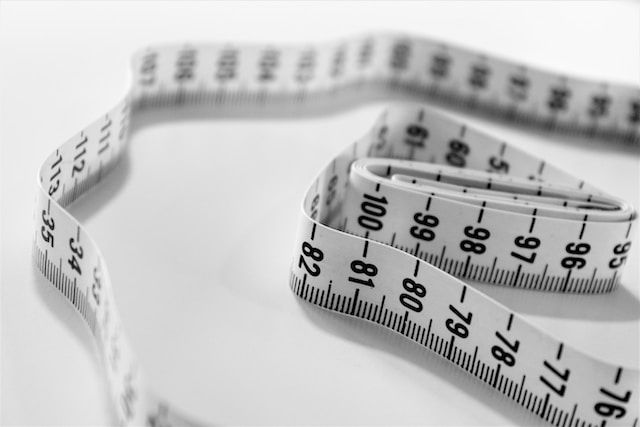
If you're not already including measurements in your listings, allow me to jump up on my soap box and convince you to.
Why is it Important to Provide Measurements on Poshmark?
When shopping for clothes online, buyers obviously can't try items on before making a purchase. This makes it important for sellers to provide accurate measurements to ensure that buyers can make more educated buys. Now, an item not fitting a buyer isn't always your problem--but it's better to avoid situations like this altogether by flagging items that fit large or small. And if you do get a return request, having measurements in the listing in question can help you win an unfair case.
So tl;dr: it's good to provide shoppers with measurement info. But even better? Doing a little critical thinking about that info and contextualizing fit information and measurement details for your buyers. Let's dive in!
Labeling Your Measurements
Let's talk about important qualifiers to include with your numbers. Making sure key info like the units you're using, how you took the measurements, and what sort of measurement style you're using will win you happier buyers. It will also lead to fewer questions about fit and sizing. Here's what method details you should note:
Flat Lay vs. Circumference
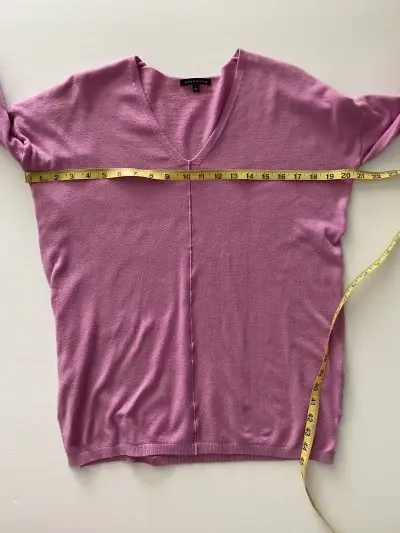
It's most common for sellers on Poshmark to give "flat lay" measurements, which is the measure of an item straight across in standard places, like "pit to pit" of a top or dress. Circumference is the measurement of a garment all the way around--or roughly double the flat lay measurement. Make sure to specific for buyers what your measurements are of.
Inches vs. Centimeters
It's easy to forget in the U.S. that literally no one else in the world uses inches. Be sure to add your unit to your numbers.
How the Measurement is Taken
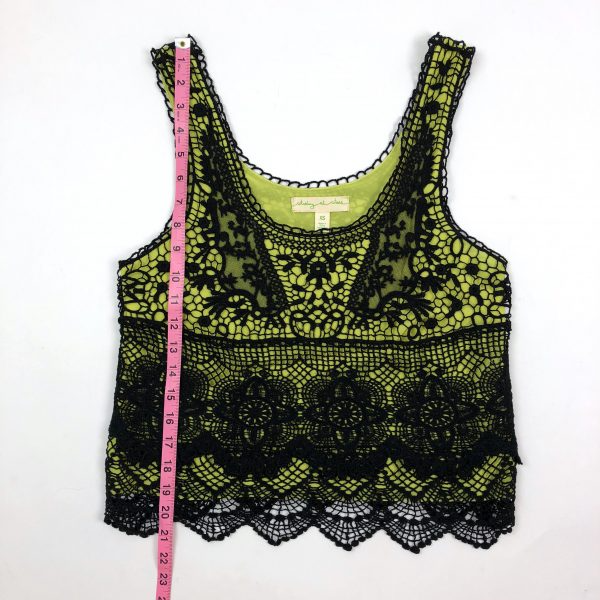
Some folks measure length from the back of the neck seam to the bottom hem for dresses and tops. I personally use the shoulder seam. You might want to specify this for buyers. Same goes for sleeves.
Any Extra Info That Could Be Helpful
I like to include front and back lengths for slightly high-low garments, and the approximate vs. shoulder seam to end of sleeve cuff measurements for obviously dropped shoulders (ie. when a shoulder seam is purposefully set lower for a slouchy look).
Using Measurements to Better Describe Item Sizes
One of the most useful things about consistently taking measurements for clothes is that you'll get a feel for sizing. When taking chest flat lays, for instance, I've discovered that a solid small is around 17-18, a medium is around 18.5-19.5 inches; a large is 19.5-20.5"-ish, and an XL is 21"+. This will obviously adjust for clothing that's mean to be body-con vs. a chunky, oversized sweater. But it gives you a starting point.
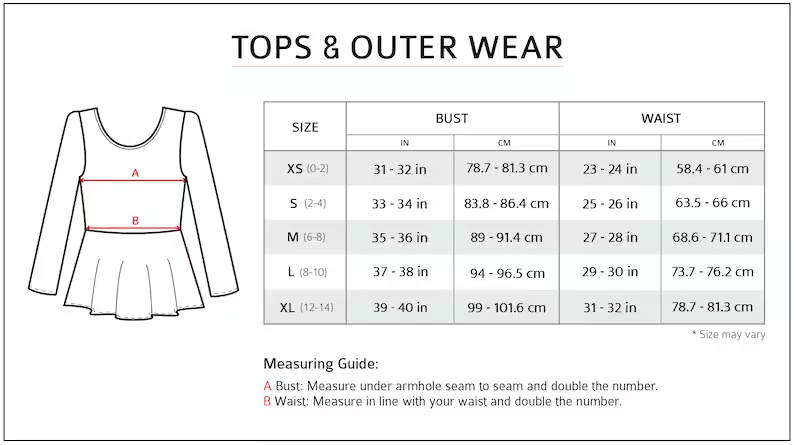
So why is this info useful? If I were selling a size XL sweater and it had a pit-to-pit flat lay of 17", even if it were fitted, I'd absolutely look for signs of shrinkage, including double check sleeve and body length. (For example, I like to see a sleeve length of around 23-24 inches on average, longer for thumbhole tops and shorter for petites and 3/4 sleeve styles. An awkward length of 21 inches would point to possible shrinkage).
So where to put this sizing info? If the rest of the item looks okay aside from the chest size (or it just seems like a body-con style), I'll note this in the description, and potentially even adjust the size in Poshmark with a note in my listing text. This is because I'd want to make sure the folks who the item would fit are actually finding it.
Note: be very careful about changing the size in Poshmark's fields without noting that you've done this in the description and why. If you fail to to do this, a buyer can and likely will open a case against you for misrepresenting the garment.
Describing Relaxed and Oversized Fits

I don't know about you, but so much of what I sell is purposefully drapey. Looking at you, Free People! (Does XS even mean anything in that brand?).
I generally use "relaxed" to describe items that have a purposefully slouchy fit, but aren't neccessarily just big all over.

Oversized is a term I use more for uniformly sized up pieces, like loose and long sweatshirts or menswear-inspired flannels. It's great to include words like this when applicable in your listings since users are searching for them.
Using Measurements to Describe Item Styles
Gold star sellers should be able not just to provide numerical measurements, but use them to describe how an item should fit.
Again, it can take experience, but here are some examples of how a measurement would inform style key words for me. Please note that these are approximate guides.
Inseams

-23.5"-ish leggings are "7/8ths" length
-26-28" inseam jeans are "ankle length"
Rises
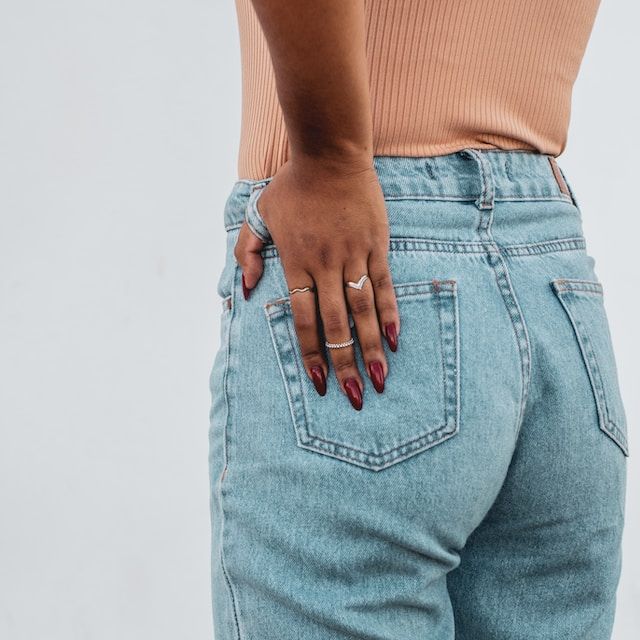
7-8.5"ish= "low rise"
9-10.5"= "mid rise"
11-12"= "high rise"
13"+= "super high rise"
Maxi vs. Midi Skirts and Dresses

Dress Lengths
Here's how to describe dresses using shoulder to hem measurements:
Maxi Dresses: 55 to 62" in length (Note: over 60" is generally considered "floor length")
Midi Dresses: 41-45" in length
Knee-Length Dresses: 36 to 40" in length
Mini Dresses: 30 to 35" in length
Tunics: 29" or shorter (but longer than the average top)
Skirts Lengths
Here's how to describe skirts using waist to hem measurements:
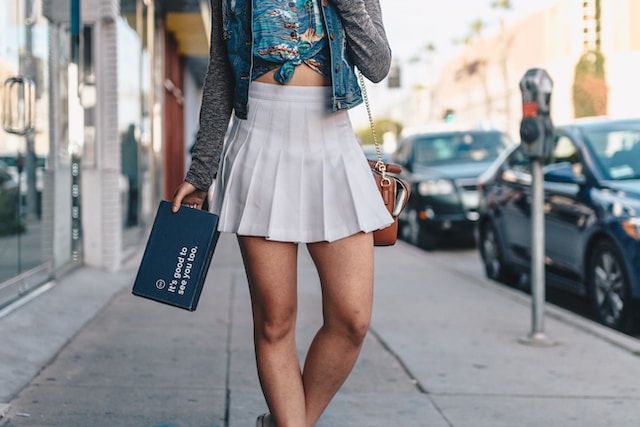
Maxi Skirts: 31-35" in length
Midi Skirts: 25-30" in length
Knee-Length Skirts: 21-23" in length
Mini Skirts: 17-19" in length
Tips for Providing Accurate Measurements
Whatever you're measuring, you'll want to get measurements as accurate as possible. Here are a few tips:
- Use flat surface that's big enough for the whole garment.
- Smooth out any wrinkles (and steam/iron first if needed)
- Use a measuring tape that is flexible and easy to use. I'm guilty of using the stiffer ones that stay pulled out because they're fast, but to accommodate it, I often have to pull waistbands very taut.
- If you're US-based, take measurements in inches and round up to the nearest quarter inch.
- Have a notebook, phone camera, or best yet, your inventory system handy for fast recording.
- Forget a measurement? Always, always, always go back and measure again vs. guessing.
- Notice any any imperfections or discrepancies while taking measurements? This is a great time to note those too.
- Make sure you're taking measurements properly and in the right places. This image (from a user on Poshmark) is a great quick-start guide.
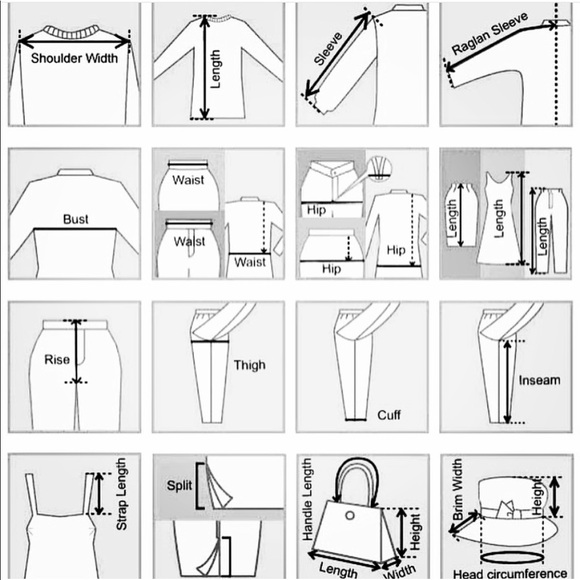
Conclusion
Providing accurate measurements when selling dresses on Poshmark is crucial for making sales and minimizing returns. But by going a step further and really understanding the measurements you're taking, you'll win confidence from your likers, positive feedback from buyers, and hopefully some repeat sales. Questions, comments, or your own measuring hacks to share? Drop them below!
Love and reselling magic,
ClosetWitch

